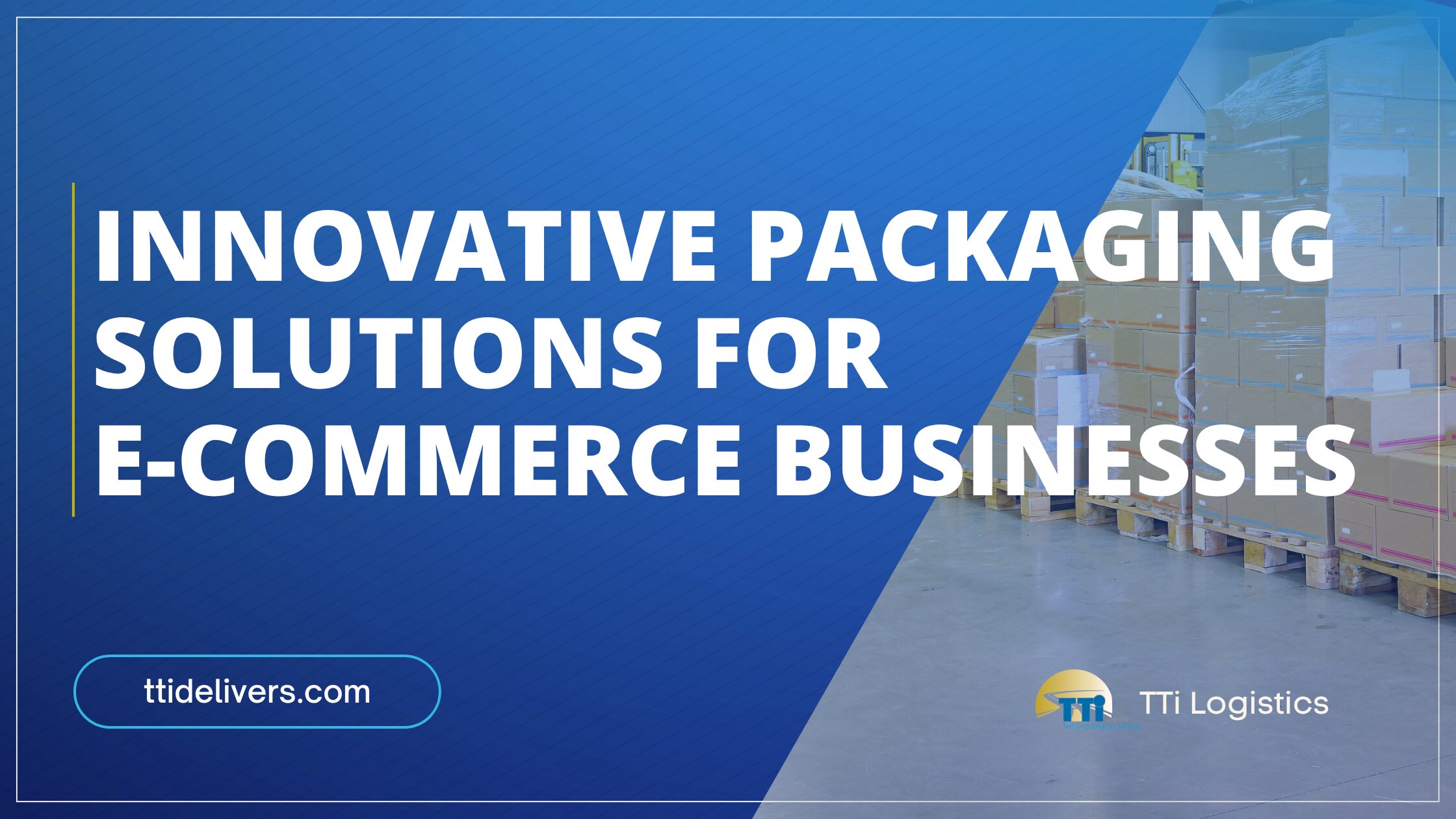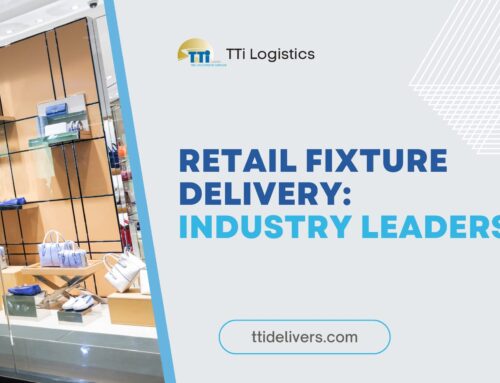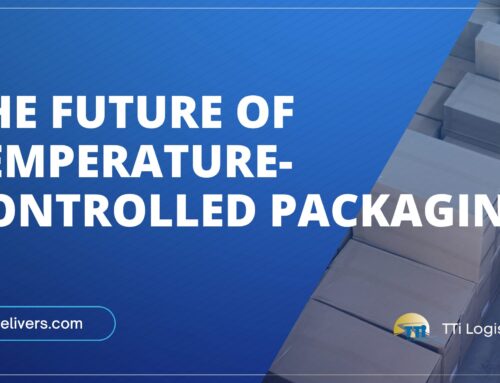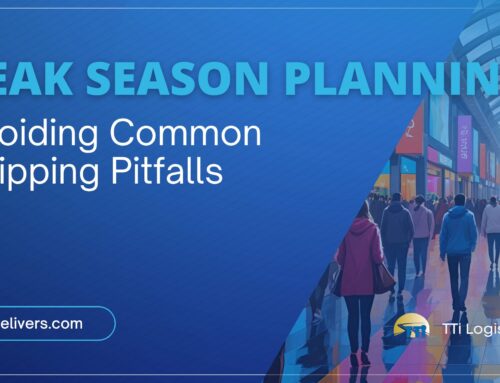The Role of Packaging in Today’s Digital Marketplace
In today’s fast-paced digital marketplace, packaging for e-commerce is no longer just a box to ship products — it’s an extension of a brand’s identity, a critical factor in customer satisfaction, and a powerful marketing tool. With online retail competition at an all-time high, innovative packaging strategies can help e-commerce businesses stand out, protect their products, and build lasting relationships with customers. The right packaging for e-commerce can be the difference between a one-time buyer and a loyal repeat customer.
Why Innovative Packaging Matters in E-Commerce
The boom of online shopping has transformed consumer expectations. Shoppers now want fast delivery, minimal environmental impact, and packaging that feels like part of the product experience. As a result, packaging for e-commerce needs to meet multiple objectives: protection, cost-efficiency, sustainability, and brand engagement.
An innovative approach to packaging for e-commerce can:
-
Reduce product damage during transit.
-
Minimize shipping costs through lightweight and compact designs.
-
Enhance the unboxing experience to encourage repeat purchases.
-
Communicate brand values, especially sustainability.
-
Differentiate your business in a crowded market.
Simply put, packaging for e-commerce is not just a shipping necessity — it’s a marketing opportunity.
1. Sustainable Packaging Materials
Sustainability is no longer optional. Consumers are actively choosing brands that adopt eco-friendly practices, and packaging for e-commerce is a prime opportunity to demonstrate environmental responsibility. Innovative materials like recycled cardboard, compostable mailers, and plant-based inks can significantly reduce a brand’s carbon footprint.
Some sustainable innovations in packaging for e-commerce include:
-
Mushroom packaging: A biodegradable alternative to Styrofoam.
-
Recycled poly mailers: Made from post-consumer waste.
-
Water-based inks: Non-toxic and safer for the environment.
Sustainable packaging for e-commerce not only appeals to eco-conscious consumers but can also reduce waste disposal costs and enhance corporate social responsibility profiles. As more consumers demand eco-friendly options, businesses that invest in green packaging for e-commerce will stand out.
2. Customizable and Branded Packaging
First impressions matter — even in the virtual world. When a customer receives their order, the packaging is often the first physical interaction they have with your brand. Custom printed boxes, branded tape, or personalized thank-you cards can elevate packaging for e-commerce from functional to memorable.
Brand-focused packaging for e-commerce offers benefits such as:
-
Stronger brand recall.
-
Increased shareability on social media through “unboxing” videos.
-
A consistent brand message that reinforces customer trust.
By designing packaging for e-commerce with your brand colors, logo, and storytelling elements, you create a cohesive customer experience that begins before the product is even revealed. The unboxing moment can be a powerful extension of your marketing strategy.
3. Smart Packaging Technology
The integration of technology into packaging for e-commerce is a fast-growing trend. QR codes, NFC chips, and augmented reality (AR) experiences can turn a simple package into an interactive brand experience. For example:
-
QR codes can link customers to assembly videos, product care instructions, or loyalty programs.
-
NFC-enabled packaging for e-commerce can verify product authenticity, particularly for luxury goods.
-
AR can transform product packaging into an immersive 3D storytelling tool.
Smart packaging for e-commerce not only adds value for customers but also provides businesses with valuable data on consumer behavior and engagement.
4. Minimalist and Right-Sized Packaging
Excessive packaging is a turn-off for customers and a burden on the environment. Innovative packaging for e-commerce often focuses on “right-sizing” — creating packages that fit the product perfectly with minimal wasted space. This approach:
-
Reduces material costs.
-
Lowers shipping expenses.
-
Improves storage and handling efficiency.
Minimalist packaging for e-commerce can still be stylish and branded. Using high-quality, minimal design elements can create a sleek, premium look while staying environmentally friendly. This is where form meets function in packaging for e-commerce.
5. Protective and Functional Designs
While aesthetics are important, the primary role of packaging for e-commerce is to protect the product during transit. Innovations like shock-absorbent inserts, inflatable air pillows, and tamper-evident seals can reduce return rates and increase customer satisfaction.
Some functional enhancements in packaging for e-commerce include:
-
Temperature-controlled packaging for perishable goods.
-
Multi-use designs that allow customers to reuse the box for returns.
-
Easy-open features that improve the unboxing experience.
By blending functionality with design, packaging for e-commerce becomes a seamless part of the product experience rather than an afterthought.
6. Subscription Box Packaging Innovations
Subscription-based businesses rely heavily on packaging for e-commerce to create a sense of anticipation and delight. Each delivery is a touchpoint to reinforce brand loyalty, so packaging needs to be fresh, creative, and personalized.
Innovations for subscription box packaging for e-commerce include:
-
Seasonal themes to keep the design fresh.
-
Surprise compartments for bonus items.
-
Personalized notes or product recommendations based on customer data.
The best subscription packaging for e-commerce tells a story, turning each delivery into a memorable event that customers look forward to.
7. Cost-Effective Solutions Without Sacrificing Quality
Small and mid-sized businesses often worry about the costs of implementing innovative packaging for e-commerce. However, advances in digital printing, bulk material sourcing, and modular design have made creative packaging more affordable.
Strategies for cost-effective packaging for e-commerce include:
-
Using standardized sizes that can be adapted for different products.
-
Partnering with suppliers who offer eco-friendly materials at competitive rates.
-
Investing in automation to speed up packaging processes.
This way, packaging for e-commerce can be both budget-friendly and premium in appearance.
8. Personalization at Scale
Personalized packaging for e-commerce goes beyond adding a name to a label. With digital printing technologies, businesses can create individualized designs, messages, or product recommendations for each customer. Personalization builds emotional connections, encouraging loyalty and repeat purchases.
Examples of personalized packaging for e-commerce:
-
Custom messages for first-time buyers.
-
Special edition designs for loyal customers.
-
Packaging that reflects past purchase history.
Personalization ensures that packaging for e-commerce becomes a direct channel for brand storytelling.
9. Packaging as a Marketing Channel
Forward-thinking brands are leveraging packaging for e-commerce as a direct marketing tool. Including samples of other products, discount codes, or invitations to join loyalty programs can encourage repeat sales.
By integrating marketing into packaging for e-commerce, businesses can:
-
Drive traffic to their website or social media channels.
-
Upsell complementary products.
-
Strengthen the customer-brand relationship.
In this way, packaging for e-commerce turns every delivery into a brand engagement opportunity.
10. Future Trends in E-Commerce Packaging
The future of packaging for e-commerce will continue to be shaped by consumer demand for sustainability, personalization, and technology integration. Expect to see:
-
More biodegradable materials entering mainstream use.
-
AI-driven design optimization for cost and sustainability.
-
Enhanced tracking features built directly into packaging.
As innovations continue to evolve, businesses that invest in forward-thinking packaging for e-commerce will have a competitive edge for years to come.
Key Takeaways for E-Commerce Growth
Innovative packaging for e-commerce is no longer optional — it’s a strategic advantage. From sustainable materials and smart technology to personalization and functional design, packaging for e-commerce plays a central role in product protection, customer experience, and brand growth. Businesses that adapt quickly to these innovations can create stronger customer loyalty, reduce costs, and stand out in a crowded marketplace.
Whether you’re a startup looking to make your mark or an established retailer seeking to refresh your brand, investing in creative packaging for e-commerce is one of the smartest moves you can make. The unboxing moment is your chance to surprise, delight, and connect with your customers — so make packaging for e-commerce a priority in your growth strategy.







